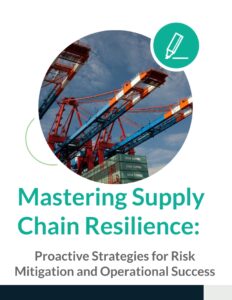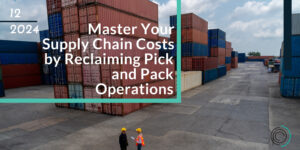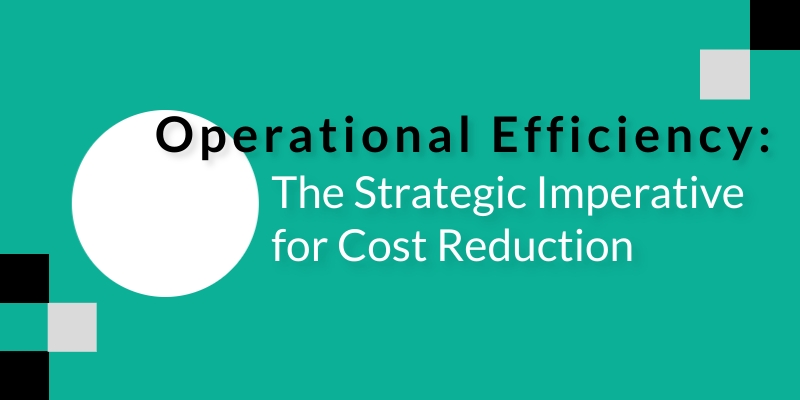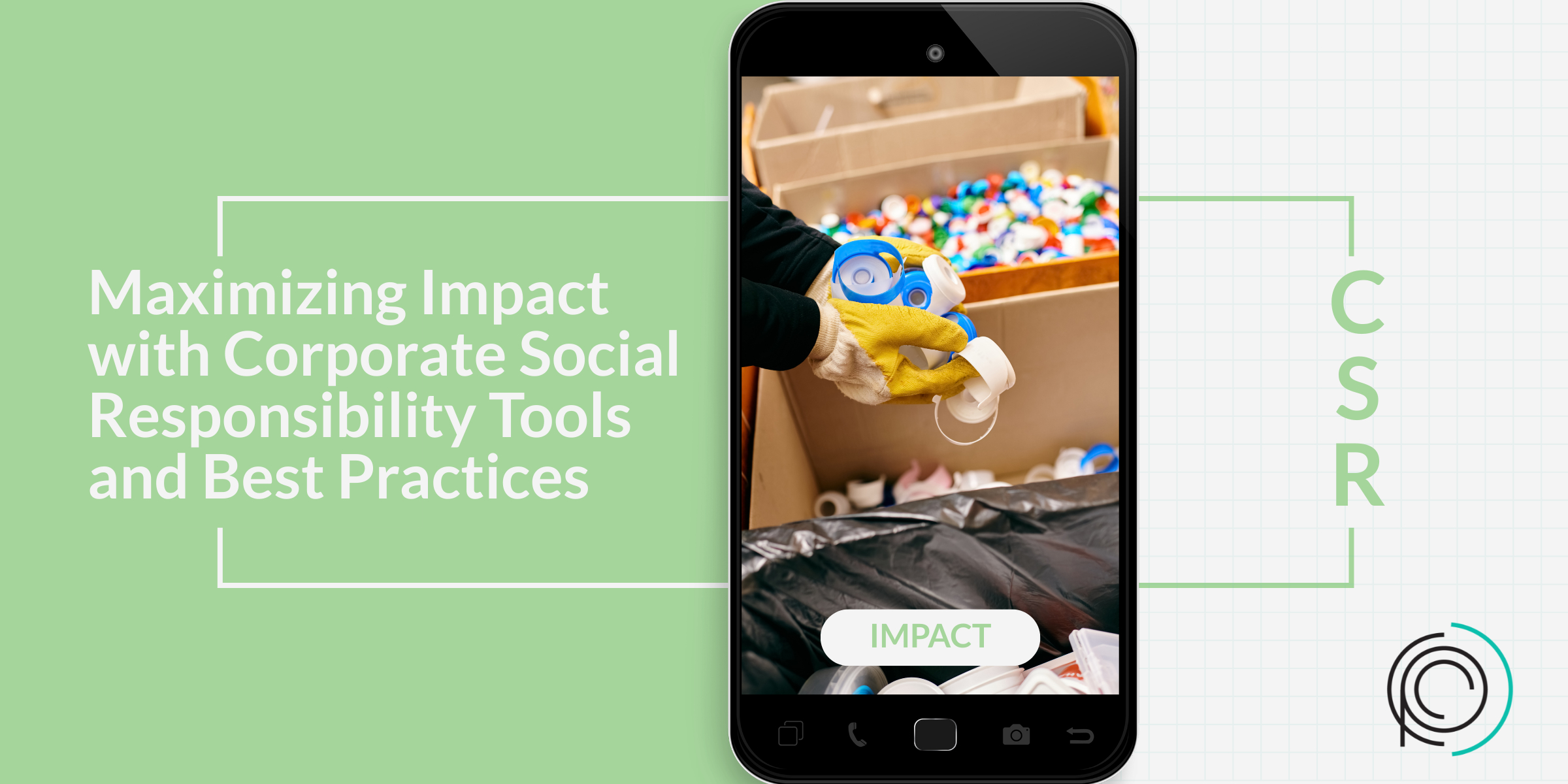Beyond Cost-Cutting—A Smarter Approach
Traditional cost-cutting methods—layoffs, budget freezes, and vendor reductions—are often reactive and short-sighted. While they may provide short-term relief, they can weaken an organization’s core, leading to burnout, decreased innovation, and declining customer satisfaction. Instead of asking, “What can we cut?” leaders should be asking, “How can we optimize?”
Operational efficiency is not just about doing things faster or cheaper—it’s about creating a system where resources are leveraged intelligently, waste is minimized, and value is maximized. Creating a culture of continuous improvement where every process, every employee, and every resource is aligned toward the same goal: creating value at every step. By embedding efficiency into the core of the organization, businesses can unlock new opportunities, enhance adaptability, and ensure long-term sustainability. Operational efficiency is not just the optimization of what already exists, but the proactive rethinking of how systems, technologies, and people can work together to drive excellence. It is the foundation of a resilient, future-ready business.
The True Cost of Inefficiency: A Silent Profit Killer
Businesses bleed money in ways they often fail to see. These hidden inefficiencies are more damaging than overt expenses because they erode profitability slowly and insidiously.
Some of the key culprits include:
-
Siloed Operations: Departments working in isolation create duplication, miscommunication, and friction that slow progress and inflate costs.
-
Reactive Decision-Making: Without clear data-driven insights, businesses rely on gut instinct, leading to costly missteps and missed opportunities.
-
Underutilized Talent: A disengaged workforce, misaligned roles, and lack of professional development result in lost productivity and increased turnover.
-
Lagging Technology: Outdated systems, excessive manual processes, and disconnected tech stacks create bottlenecks that drain resources.
-
Poor Supply Chain Visibility: Unoptimized procurement, excess inventory, and inefficiencies in logistics drive up operational costs.
Recognizing and addressing these inefficiencies isn’t about cost-cutting for survival; it’s about operational excellence as a growth strategy.
Efficiency as a Competitive Advantage
Operational efficiency is not a back-office function—it’s a strategic driver that differentiates industry leaders from struggling competitors. In today’s competitive environment, organizations that have operational efficiency built into their DNA are the ones that thrive. Achieving efficiency is not just about trimming the fat; it’s about smarter decision-making, agility, and aligning resources toward delivering maximum value.
Here’s how forward-thinking organizations build and sustain this competitive advantage:
-
Systemic Process Optimization: Creating a Lean, Agile Enterprise Businesses need to adopt Lean methodologies and tools to eliminate waste, streamline workflows, and optimize processes across the organization. This goes beyond just cutting non-essential steps; it’s about designing an operating model that fosters efficiency at every level. By applying process mapping, automation, and cross-functional alignment, organizations can reduce redundancies, improve execution, and become more agile. The result is an organization that can quickly pivot to new opportunities and respond to market changes without incurring unnecessary costs.
-
AI and Automation: Augmenting Human Intelligence AI and automation aren’t just buzzwords—they are game changers that redefine how work gets done. By eliminating repetitive, low-value tasks and augmenting human intelligence, these technologies not only reduce costs but improve overall productivity. From demand forecasting to operational management, AI and automation provide the insights and tools to allocate resources with precision, manage customer service, and reduce waste. These technologies enable companies to operate with greater efficiency, gain competitive insights, and create new opportunities for growth. I will follow that with the, not all AI is created the same, be sure you fully understand the problem you are trying to solve and what implementing AI will mean for the process and your people.
-
Strategic Workforce Utilization: Maximizing Human Capital Efficiency isn’t about doing more with fewer people; it’s about empowering employees to do more of what matters. By investing in skills development, redesigning roles for greater strategic impact, and fostering a culture of continuous improvement, companies can unlock the full potential of their workforce. A well-utilized workforce not only drives efficiency but also enhances employee engagement and retention, creating a positive feedback loop of productivity and satisfaction.
-
Data-Driven Operational Intelligence: Shifting from Reaction to Prediction Organizations that harness real-time data can anticipate trends, identify inefficiencies, and make strategic decisions proactively. Predictive analytics allow for optimized inventory management, precise marketing strategies, and data-backed operational adjustments. Instead of reacting to problems after they occur, data-driven businesses anticipate challenges and adapt operations to maintain efficiency, reduce costs, and improve outcomes.
-
Sustainable Efficiency: Cost Savings Through ESG Practices Efficiency is not only about cost-cutting—it also extends to sustainability practices. Companies committed to environmental, social, and governance (ESG) practices are not only aligning with regulatory requirements but also reducing costs in the long run. By reducing waste, optimizing energy consumption, and adopting circular economy principles, businesses can lower their operational expenses while reducing their environmental footprint. Sustainable business practices often translate into significant savings, while also future-proofing the company against emerging regulatory trends and consumer preferences.
-
Customer-Centric Efficiency: Enhancing Experience While Reducing Costs A truly efficient operation is not just focused on internal processes; it’s also about delivering an exceptional customer experience. By optimizing workflows, reducing errors, and improving service delivery, companies can create seamless experiences for their customers—ultimately driving loyalty and enhancing their brand reputation. Instead of sacrificing quality for the sake of cost-cutting, efficient companies find ways to enhance both. Whether it’s improving customer service processes or refining product offerings, efficiency becomes a cornerstone of superior customer satisfaction.
Future-Proofing Through Intelligent Efficiency
Operational efficiency isn’t just a tool for cost reduction; it’s a mindset shift that fosters resilience, innovation, and long-term success. When companies build operational efficiency into their core, they not only optimize resources but create a culture of continuous improvement that drives long-term competitiveness. The real power of efficiency lies in its ability to make organizations more adaptable, more responsive, and ultimately, more profitable. The businesses that will emerge as industry leaders aren’t the ones that make knee-jerk cost cuts, but those that integrate efficiency into their operational framework as a means of continuous growth and evolution. In this future-ready world, operational efficiency is no longer just a function—it’s a strategic advantage.







